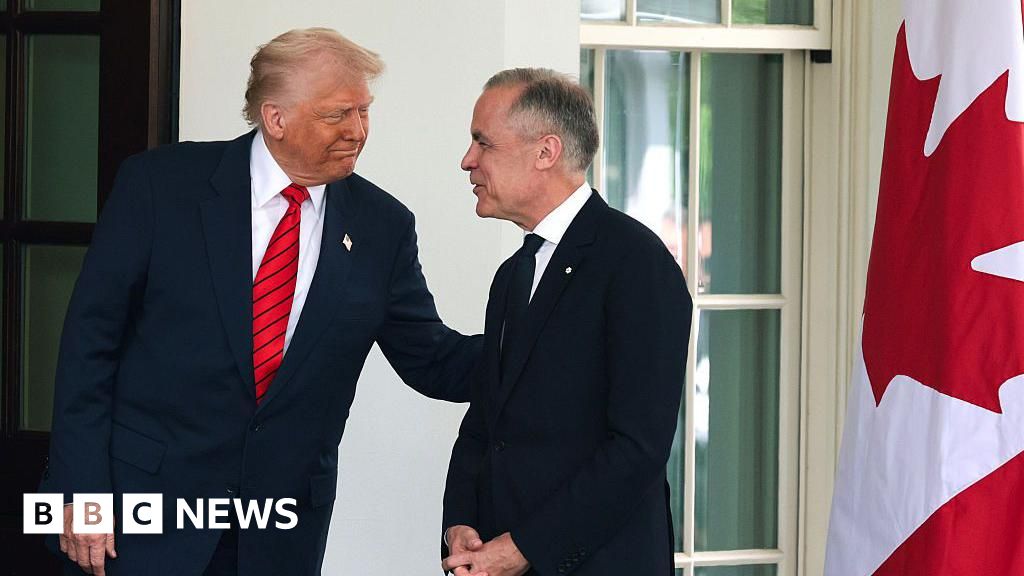As the world of information goes digital, the world of money is taking things a bit slower. But that doesn’t mean that things aren’t heading in the same direction.
Stablecoins, which have become a buzzword du jour for the traditional financial and payments space, are one potential vector of travel. Bank of America, for example, is reportedly eying its own stablecoin, as well as the creation of a separate coin issued by a banking consortia, pending U.S. regulation.
“We have this pretty well understood … but the problem before was it wasn’t clear we were allowed to do it under the banking regulations,” Bank of America CEO Brian Moynihan said at a recent conference.
In another regulation-pending stablecoin move being considered, the Depository Trust & Clearing Corporation (DTCC), which is responsible for the clearing and settlement of nearly all U.S. stock trades, is reportedly weighing the option of utilizing a U.S. dollar-backed stablecoin to enhance settlement and asset movement.
This is occurring against a backdrop where retailers like Amazon and Walmart have also expressed interest in issuing their own native stablecoins.
Everyone, it appears, wants to get in on the action. But what separates true innovation in money movement from stablecoins ultimately serving as no more than a buzzy wrapper for what could essentially turn out to be the equivalent of casino chips on corporate blockchain, unusable anywhere else?
Read more: Crypto Rulemaking Has FinTech Rushing in, TradFi Waiting to See
Why Big Institutions Are Paying Attention to Stablecoins
For decades, the financial world has been on a slow, deliberate journey toward digitization. Wire transfers replaced checks, FinTech platforms like Venmo and Zelle replaced cash, and high-frequency trading pushed milliseconds to the center of investment strategy. But for all the tech transformation, one part of the financial system remains surprisingly analog: the money itself.
Wholesale stablecoins, like those being explored by big banks and DTCC, are being eyed as an evolution of traditional financial infrastructure and plumbing. That plumbing, which is primarily key functions like clearing, settlement and reconciliation, still largely operates on legacy rails that can take days to process transactions.
Their use cases promise real-time settlement, smarter liquidity and reduced market risk. Visa, for example, recently launched a pilot using stablecoins for treasury settlements between subsidiaries. The entire process is automated, fast and invisible to the end customer.
But this techno-shift is stirring not only operational innovation — but also critical questions about ecosystem control, systemic oversight and the true novelty of branded, permissioned instruments operating within closed networks that may lack interoperability with the broader token landscape.
Of course, interoperability remains a hurdle for any stablecoin, not just those issued by the world’s largest banks.
“Stablecoins are a great way to transfer value,” Kirill Gertman, CEO of Conduit, told PYMNTS in an interview. “You can send USDC from here in New York to Singapore in seconds, and that’s great. But the challenge happens when you actually need to use USDC or USDT for something.”
See also: Project Agora Bank Consortium Counters Stablecoins With Programmable Fiat
Banking’s Calculated Stablecoin Entrance
Despite strong interest from the private sector, the future of stablecoins still hinges on regulatory clarity. The GENIUS Act represents the most comprehensive legislative effort to date and has bipartisan momentum. Still, lawmakers remain divided over how much authority should rest with the Federal Reserve versus state-level regulators.
The bill proposes a tiered licensing framework: federally regulated stablecoin issuers would have to maintain 1:1 reserves in high-quality liquid assets, while smaller issuers could register under state charters with limited national scope. The act also encourages interoperability standards, auditing requirements and real-time supervision to guard against abuse or systemic collapse.
For legacy institutions, this legal clarity would be a game-changer. It would not only allow banks to launch or adopt stablecoins with less legal risk, but also encourage partnerships between fintech innovators and traditional players.
Still, with the GENIUS Act, an acronym for Guiding and Establishing National Innovation for U.S. Stablecoins of 2025 Act, facing another lawmaker vote Tuesday (June 17) on its journey toward possibly becoming country’s first stablecoin legislation, understanding the difference between retail stablecoins, wholesale stablecoins, and the existing ecosystem of issuers is rising up the priority list for enterprise back offices.









 English (US) ·
English (US) ·